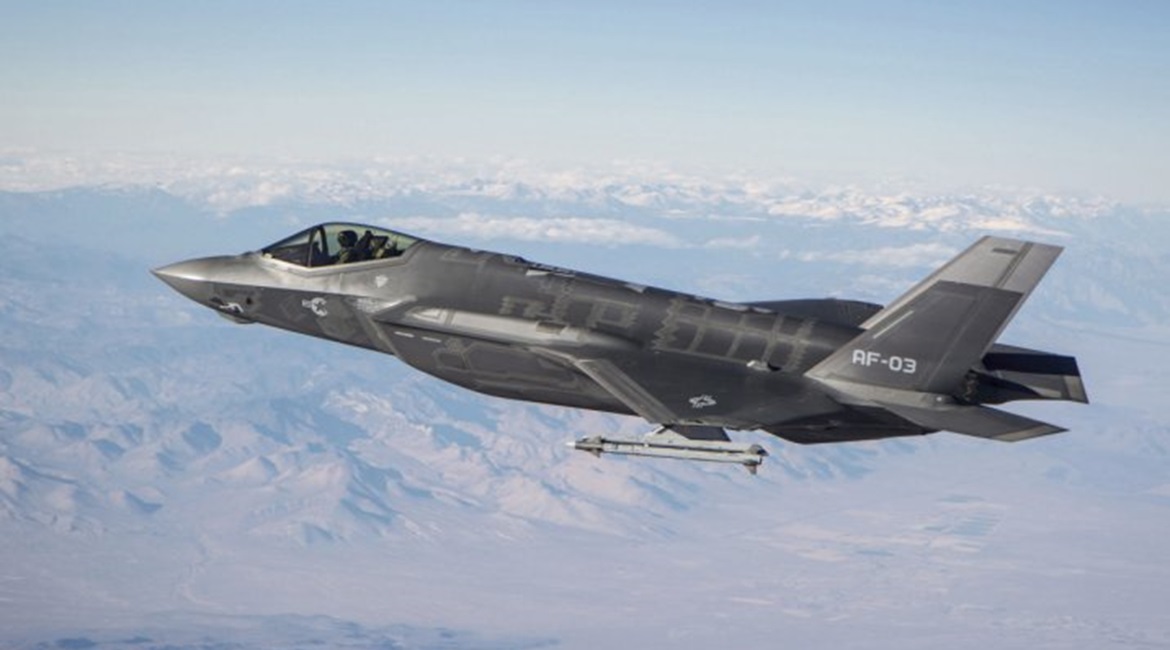
The Pentagon is delaying the full-rate production (FRP) decision for the Lockheed Martin F-35 Lightning II Joint Strike Fighter (JSF) owing to a lack of progress with the Joint Simulation Environment (JSE) that will test the aircraft against high-end threats that it cannot replicate on the range.
Ellen Lord, undersecretary of defense for Acquisition and Sustainment (A&S), told reporters on 18 October that this announcement means the FRP decision will not be made in December, as originally anticipated, but instead potentially in December 2020 or January 2021.

Delays developing the JSE forced the Pentagon to delay its F-35 FRP decision by 13 months. (US Air Force)
Dan Grazier, military fellow with the Project on Government Oversight (POGO) watchdog group in Washington, DC, told Jane’s on 18 October that range restrictions prevent the F-35 from being tested against very high-end missions such as super dense, highly-integrated air defence networks. In theory, he said, the Pentagon should be able to replicate these missions in the simulator. Grazier said the Pentagon must have a properly functioning JSE to complete initial operational test and evaluation (IOT&E), which is required to properly inform the FRP decision.
There will be at least three JSE facilities. Grazier said the US Navy (USN) has been developing one at Naval Air Station Patuxent River, Maryland, for approximately three years. The US Air Force (USAF) is also planning on a pair of its own JSEs with groundbreaking for both facilities scheduled for May 2020. The first is a 21,988 sq m facility planned for Edwards Air Force Base in California, while the other 15,535 sq m facility will be located at Nellis Air Force Base in Nevada.
Looking to read the full article?
Gain unlimited access to Janes news and more...




